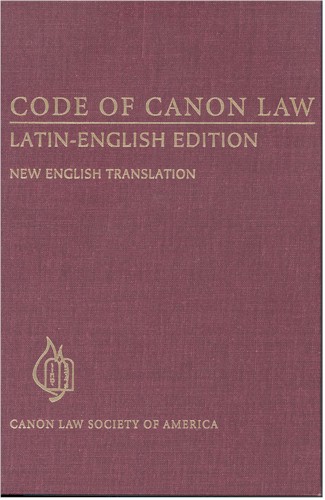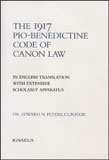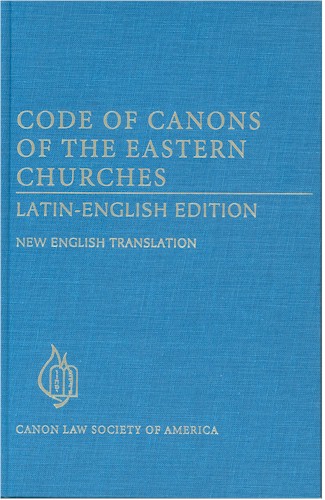|
To work for the proper implementation of canon law is to play an extraordinarily constructive role in continuing the redemptive mission of Christ. Pope John Paul II |
|
|
|
|
Resolution 1152 x 864 |
Updated 16 sep 2014 |
General Ecclesiastical Latin Charts |
|
This page supplies
|
These study charts for Ecclesiastical Latin are, I think, a bit more user-friendly than are some I've seen other places.
|
|
Declensions I - V
The vocative case is identical with the nominative in all declensions except for certain words in second declension masculine singular.
The locative case should be studied separately. |
Most nouns in the first declension are feminine, except for a few proper nouns and those that describe jobs or occupations. There are no neuters.
Most nouns in the second declension are masculine or neuter, though a very few feminine nouns use masculine endings.
The third declension includes nearly half of all nouns in Latin. Between the first three declensions over 95% of all nouns in Ecclesiastical Latin are presented.
Most nouns in the fourth declension are masculine, a few neuters take their own endings, and very few feminine nouns herein use masculine endings.
Most nouns in the fifth declension are feminine, but a few masculine nouns use the same endings. There are no neuters. The fourth and fifth declensions are very small but they contain some important nouns for ecclesiastical usage.
|
||||||||||||||||||||||||||||||||||||||||||||||||||||||||||||||||||||||||||||||||||||||||||||||||||||||||||||||||||||||||||||||||||||||||||||||||||||||||||||||||||||||||||||||||||||||||||||||||||||||||||||||||||
|
Relative pronouns take the gender and number from their antecedent but they take their case from how they operate in their clause.
Chart showing use of relative pronouns, here.
|
Relative pronouns - qui, quae, quod
|
||||||||||||||||||||||||||||||||||||||||||||||||||||||||||||||||||||||||
|
|
|
|||||||||||||||||||||||||
|
The Unemphatic Demonstrative Pronoun/Adjective:
Is, ea, id
|
|
||||||||||||||||||||||||||||||||||||
|
Emphatic Demonstrative Pronoun/Adjective:
Ille, Illa, Illud |
|
||||||||||||||||||||||||||||||||||||
|
Emphatic Demonstrative Pronoun/Adjective:
Hic, Haec, Hoc
|
|
||||||||||||||||||||||||||||||||||||
|
Verbs |
|
|
|
|




